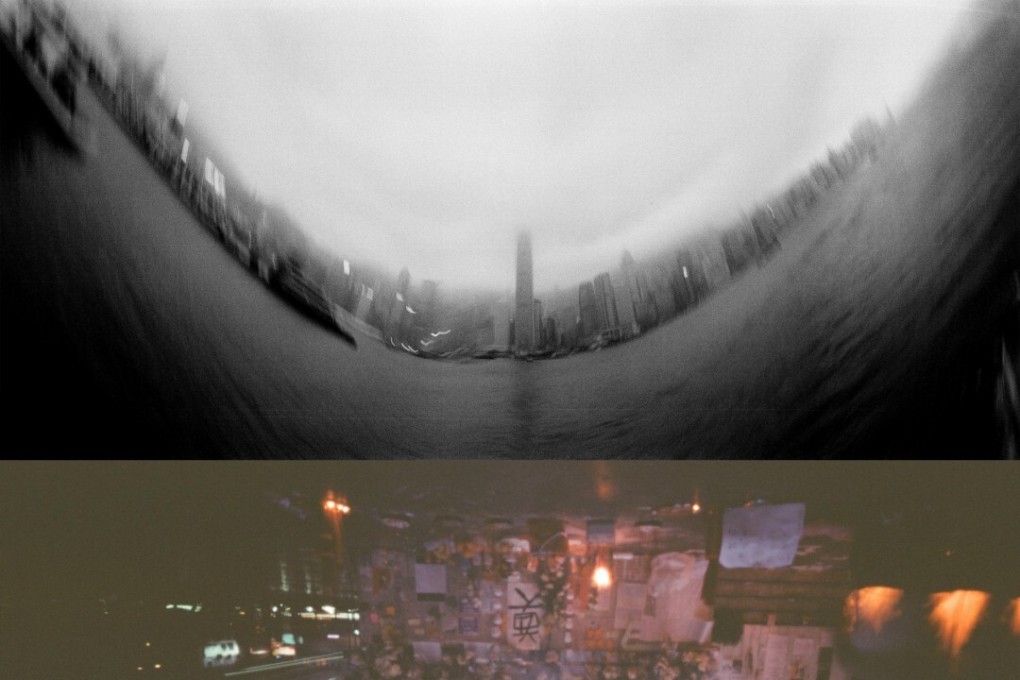Hong Kong’s Human Rights Arts Prize – a powerful showcase of art and activism
‘This prize provides a platform for artists to share how they interpret and translate human rights issues,’ says judge Chantal Wong of the 35 shortlisted works

Art and activism is a powerful combination that has the potential to bring about social and political change.
In Hong Kong, the annual Human Rights Arts Prize is a great example of art and activism. Now in its sixth edition, the prize features established and emerging Hong Kong artists from diverse ethnic backgrounds.
“This prize provides a platform for artists to share how they interpret and translate human rights issues and offers a unique way to share the stories of those whose voices are not being heard,” says Chantal Wong, one of the judges of this year’s prize. “All the submitted works respond to a certain urgency and have the power to move and inspire, if you allow them to.”

Works cover a range of mediums and subject matter, including the treatment of ethnic minorities, government surveillance and the legacy of the post-World War II British policy of sending orphans abroad for a new life where they were often mistreated.
